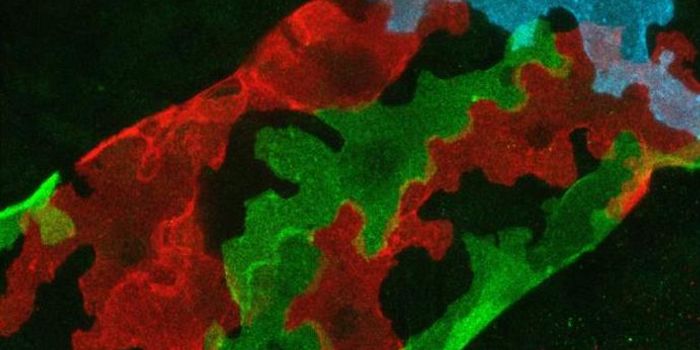Vaping of Nicotine and Cannabis Mirror Each Other in Young People
A new study has looked at the question of whether vaping of nicotine and cannabis follow similar trajectories from adolescence through to early adulthood in young Americans. And the answer is: yes they do.
The research published in JAMA Network Open was a cohort study of 3322 youths in the Los Angeles metro area. It documented the past 30-day use of nicotine and cannabis by vaping, surveying students at 6-month intervals from the fall of 11th grade 2015 through the spring of 12th grade 2017.
Participants were surveyed again approximately 1 to 2 years after completion of high school (2018-2019).
The results found that those who reported more frequent nicotine vaping were also more likely to use cannabis. Teens were often found with something like a 510 vape cartridge that contained THC.
Overall, polysubstance use was common, particularly among those with frequent nicotine vaping in adolescence or young adulthood.
However, the results revealed that more boys than girls had an "escalating-frequent" pattern use of nicotine and cannabis use starting in adolescence. Hispanic and Latino individuals were also less likely to be part of the adolescent-onset escalating frequent use trajectory.
“In this study…[a] significant proportion of individuals initiated and participated in both nicotine and cannabis vaping during young adulthood, suggesting that research is warranted to identify developmentally appropriate interventions,” the authors from California State University, Long Beach, said in their conclusions. “Further study of the substantial polysubstance vaping observed between nicotine and cannabis vaping trajectories [is also] needed to develop more effective regulatory practices and interventions."
From 2017 to 2018, current e-cigarette use—defined by use on at least one day in the past 30 days—by high school students increased 78 percent, from 11.7 to 20.8 percent. However another recent report suggests that in areas that have legalized recreational marijuana, teen use of the drug hasn’t increased,.
Surveys of young people in Colorado, for example, show a slight decline in the percentage of middle and high school students using the drug. In Washington, the rates have remained the same.
High Times, JAMA Network, Psychiatry Advisor









